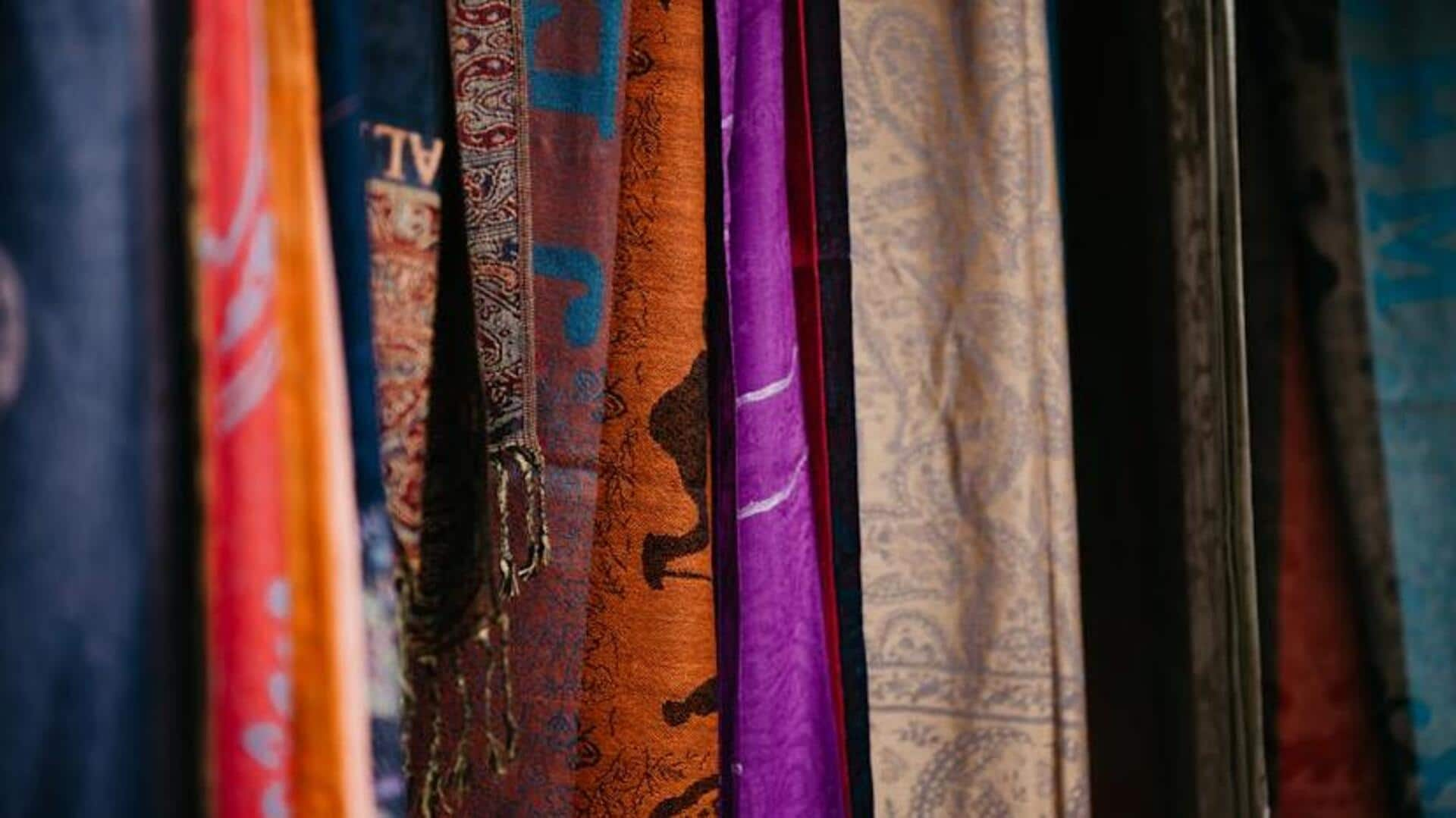
Crafting timeless wardrobe staples from cultural fabrics
What's the story
In a world where fast fashion dominates, turning to cultural fabrics for creating timeless wardrobe staples offers a refreshing and sustainable alternative. This approach not only celebrates global heritage but also ensures that your style stands out authentically. By integrating traditional textiles into modern wardrobes, we can craft pieces that carry stories, history and a sense of identity.
Background
Embracing cultural heritage
Cultural fabrics are imbued with centuries of tradition, craftsmanship, and meaning. From the intricate ikat patterns of Indonesia to the vibrant wax prints of West Africa, each fabric tells a story of its people, their beliefs, and their environment. By choosing these materials for our clothing, we not only preserve these traditions but also support the artisans who create them.
Key concept
Modern meets tradition
The key to incorporating cultural fabrics into contemporary wardrobes lies in balance. It's about blending modern silhouettes with traditional patterns in a way that respects the origin while making it relevant today. Think tailored blazers in African Ankara fabric or sleek trousers in Japanese Shibori dye techniques. This fusion creates unique pieces that are both fashionable and meaningful.
Practical advice
Practical styling tips
Begin with accessories like scarves or bags in cultural fabrics for your daily looks. For a stronger impact, opt for a custom dress or jacket in your selected textile. It's crucial to research and understand the fabric's significance; this deepens your style and shows respect for the culture it symbolizes, enriching both your wardrobe and cultural appreciation.
Sustainability
Sustainable fashion forward
Opting for cultural fabrics promotes sustainable fashion through eco-friendly methods inherited from generations, offering an alternative to mass-produced materials. Investing in quality pieces from these textiles reduces waste and supports ethical consumption. Thus, selecting cultural fabrics is not just a fashion statement but also an act of preserving heritage, advancing toward sustainability, and inclusivity in fashion.